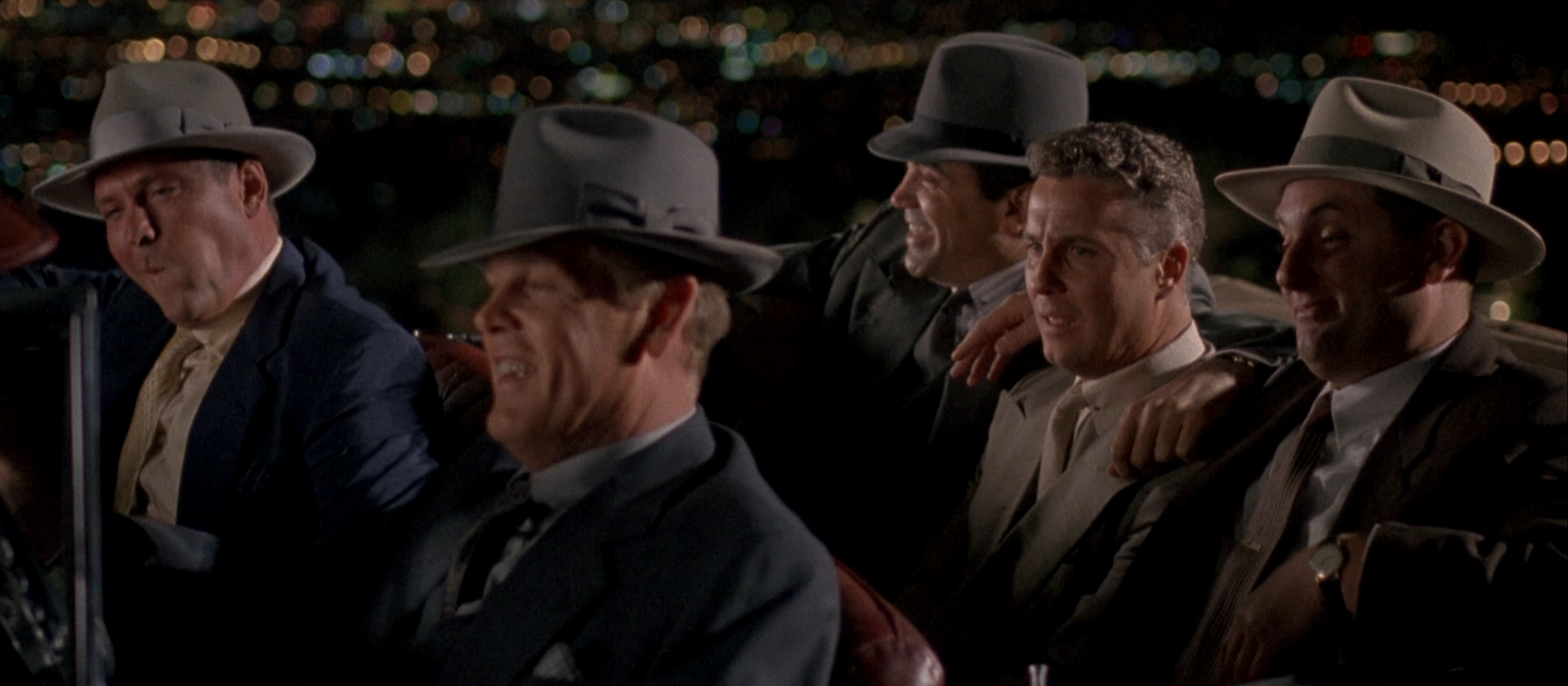
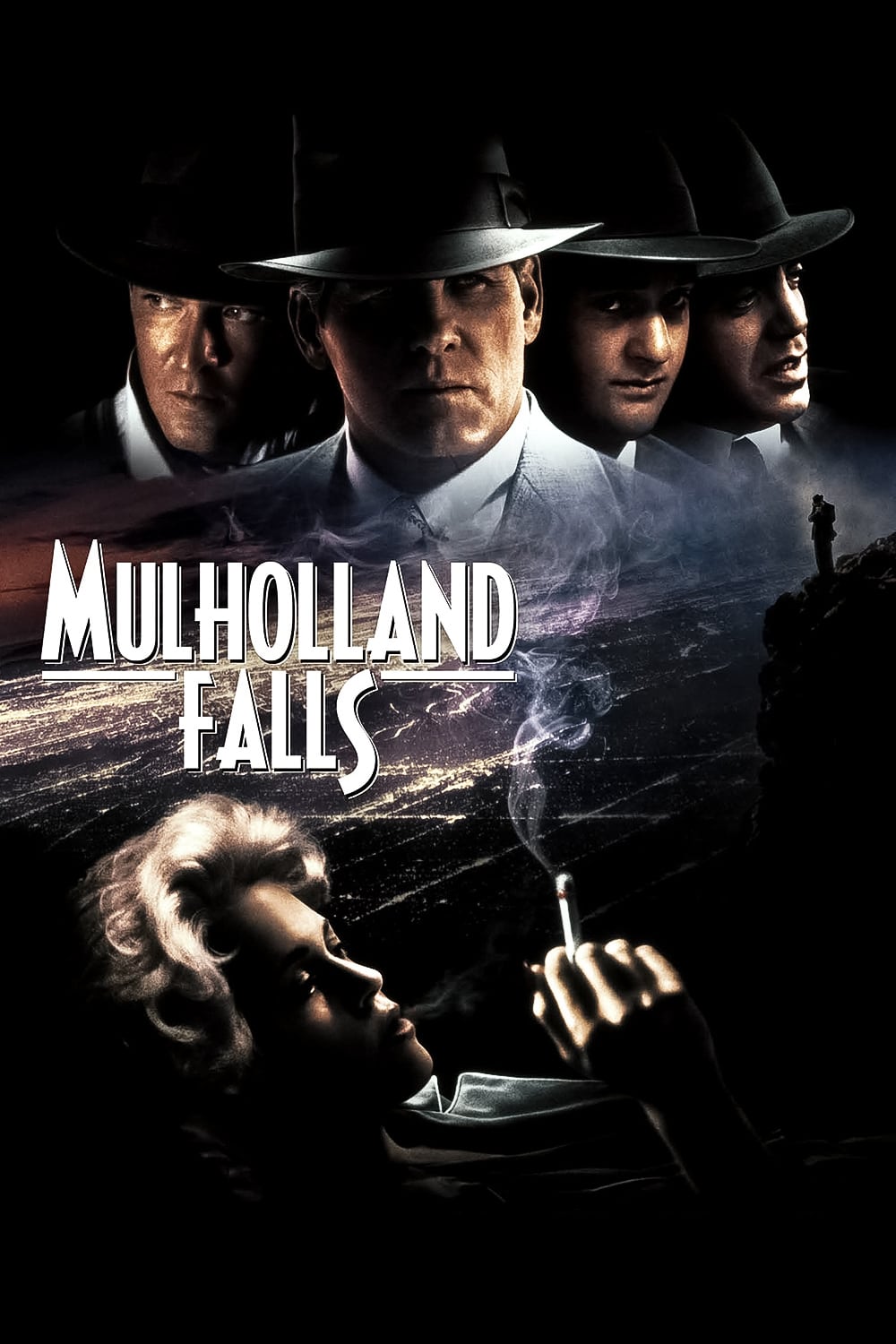
“This isn’t America, Jack. This is L.A.”
Mulholland Falls was a dud upon release and remains an underseen throwback noir. There’s a reason it flopped, but it’s a shame that it rarely shows up on anyone’s radar because much of what’s presented here is excellent. The ensemble cast—headed by Nick Nolte, who is supported by Melanie Griffith, Chris Penn, Michael Madsen, Jennifer Connelly, John Malkovich, Daniel Baldwin, Bruce Dern, Chazz Palminteri, and Andrew McCarthy—puts in solid, believable performances. The 1950s aesthetic, including cars, wardrobe, home decor, social habits, political concerns, law enforcement, architecture, is credible and offers a stylized verisimilitude. There is even the nuclear wrinkle that wouldn’t make sense in an earlier period noir, which helps to separate it from the film that every critic cited as its chief reference point—Roman Polanski’s Chinatown. It has all the intangibles you could ask for. But the film is set back by its central mystery and the haphazard story that is built around it. The answer to the puzzling nature of Allison Pond’s death can be surmised very early on, and our protagonists, who are the cream of the crop of the LAPD, should have been able to figure it out with only a few minutes of consideration.
Nick Nolte plays Lieutenant Max Hoover, a square-jawed hulk of a detective with a shady connection to the world of crime he purportedly fights against. He heads an elite, four-man squad of officers who do a lot of their police work unofficially, administering the law by getting rid of gangsters and criminals any way they see fit. His team is rounded out by Ellery Coolidge (Paliminteri), Arthur Relyea (Penn), and Eddie Hall (Madsen). They like to cruise around town in their fancy clothes and hats, smoking and talking and roughhousing. The film begins by showcasing the Hat Squad’s unorthodox enforcement techniques as they throw a Chicago mobster off of a cliff—“Mulholland Falls” as the boys call it. They’re soon called to a crime scene where a young woman was found planted face first into the ground. It looks like she’s been steamrolled, every bone in her body is shattered—but there’s no evidence of her being moved after her death (or being steamrolled). The coroner suggests that she looks like she “jumped off of a cliff” even though she was found in the middle of a construction site.
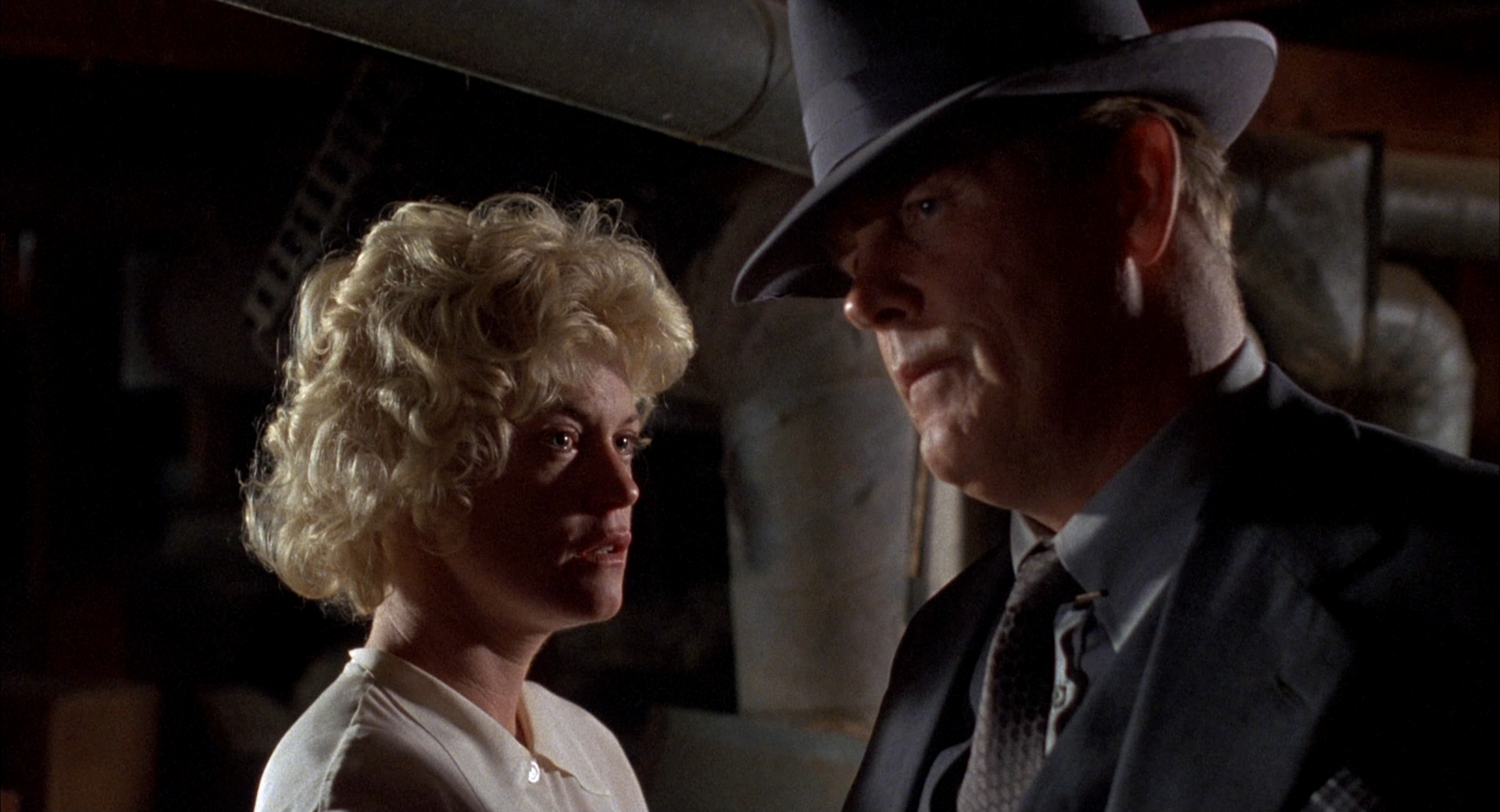
It’s an intriguing setup. It turns out that in addition to his secret police work, Hoover has also been engaged in some clandestine activities with the dead girl, Allison Pond (Connelly). A two-way mirror is found in the hotel room adjacent to the one where Hoover and Pond got busy several times over the course of six months. Reels of film are passed around, hidden, and fought over. Hoover gets his hands on a reel containing footage of Pond with one of her other lovers, General Thomas Timms (Malkovich), head of the Atomic Energy Commission. Deals are made and reneged, radioactive glass is found in Allison’s heel, alibis are given and not believed, FBI agents request the LAPD call off their murder investigation, a reel of compromising film is mailed to Hoover’s wife, jeopardizing his marriage, the creepy videographer is gunned down. It’s a breakneck story and we soon find ourselves in a plane with Hoover and Coolidge, along with Colonel Fitzgerald (Treat Williams) and one of his reports. It’s at this point that Hoover comes to the realization how Allison Pond was killed, how she was found untouched but flattened into the ground—she was thrown from a plane. And Fitzgerald is going to do the same to him and Coolidge.
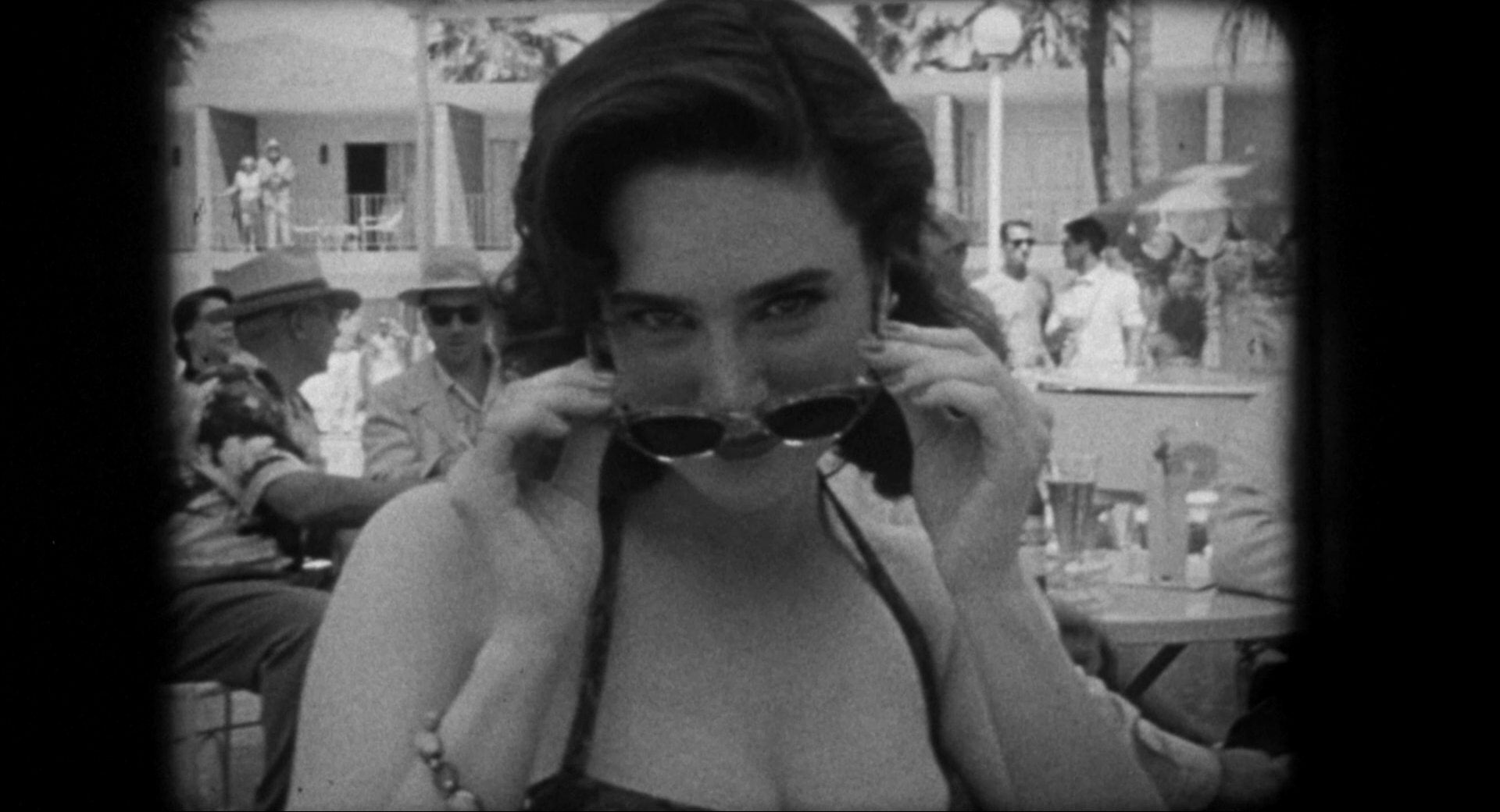
I wouldn’t go so far as to say that Mulholland Falls needs to be longer—its brisk pace could be seen as an attribute because it moves along with verve. But it does have a bit of a rushed feel to it, moving us quickly from personal conflict to sex scene to shootout to flashback without much time to let the characters or the audience breathe, which results in many of the characters being reduced to caricature, despite the cast members’ best efforts. The supporting players end up feeling like a series of cardboard cutouts, and many of them—Daniel Baldwin, Bruce Dern, Louise Fletcher—only get a single scene, barely more than a cameo without enough material to instill any heft in their performances. The two former Reservoir Dogs (Penn and Madsen) are underutilized, and Connelly does not have much to do other than perform in a few, shall we say, titillating scenes.
Because we’re moving with such locomotion, some scenes that should carry significant weight aren’t given the adequate space to do so. When Hoover first meets Pond by rescuing her from the clutches of a doped up hoodlum, injecting the thug with a lethal dose of his own supply, his heroics and their brief encounter in the aftermath do not feel adequate to establish a relationship that could have led to his impulsive behavior. This apparent disregard for moral righteousness on Hoover’s part clashes with some earnest moments between Hoover and his wife (Griffith). There’s a scene where the Hat Squad travel out into the desert and infiltrate the nuclear base, walking to the edge of a giant crater. It is staged like a moment that should be pregnant with gravity, but it serves little purpose because they already have adequate evidence to link Pond’s death to Timms.
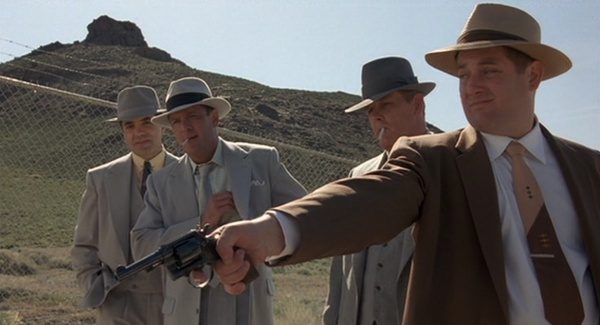
Despite its shortcomings, Mulholland Falls is still great fun because of its impeccable cast, exquisite atmosphere, and period style. Director Lee Tamahori stages his scenes with skill, and the close quarters acting offers some of the best moments in the film. A particularly memorable scene has Hoover walking in on his wife watching the footage of his wayward actions, and their ensuing confrontation, featuring few words, is excellent. The camaraderie between the four members of the Hat Squad is a lot of fun, and the subplot about Coolidge’s psychoanalysis sessions is the kind of thing I wish writer Pete Dexter had liberally applied to the whole script. For instance, when the boys are cruising around town in their convertible Buick, Coolidge launches into a story from his childhood, describing how Gene Autry would always lackadaisically secure his horse in his old cowboy movies—he’d only wrap the reigns once—and Coolidge always got hung up worrying about the horse wandering off. Little side trails like that give so much depth. I’d also like to bring attention to editor Sally Menke, in one of her few non-Tarantino jobs, who does excellent work. Haskell Wexler’s camerawork is gorgeous as well.
Maybe at some point we’ll get a two and a half hour director’s cut that rectifies everything I complained about and reveals the masterpiece that could have been. But even if we don’t, I can still enjoy it for what it is because I’m a sucker for period stuff like this—classics like Sunset Boulevard or The Big Sleep, and retro fare like L.A. Confidential, which came along a year after Mulholland Falls and smothered any chance of it catching on; I even enjoyed the heck out of several dozen hours of L.A. Noire. Even if it is derivative and doesn’t measure up to the classics of the genre, it’s a fine bit of imitation dressed up with sumptuous production value and a great cast—I’ll sign up for that anytime.